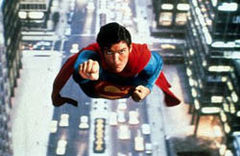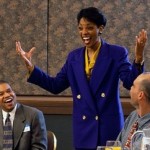 What can really make a future employer not want to add you to their team? According to a RHI Management Resources survey, executives were asked about the worst mistake management-level candidates can make during an interview.
What can really make a future employer not want to add you to their team? According to a RHI Management Resources survey, executives were asked about the worst mistake management-level candidates can make during an interview.
Half (50%) said a display of arrogance was the biggest pitfall. Much of interview coaching advice tells candidates to “be confident” and “act the part” and “show them you can do it”, but when these qualities are taken too far they can results in “over-confidence” which equals arrogance.
Arrogance is the workplace is one of the most off-putting qualities because it comes across as a character flaw–which can’t be fixed. No one wants to work with a know-it-all, or someone who is so confident they have lost a humanistic and empathetic quality. Mistakes happen, errors are made, economic factors make an impact, and someone who is arrogant is usually quick to avoid blame, point fingers and not respect other people’s feelings.
When the arrogant worker is in a management position the stakes are higher. They can directly impact high turnover among their subordinates, and create chaos in a cross-functional leadership team. These alone can have a negative and lasting impact on a company’s bottom line.
“When hiring at the senior level, companies pay particular attention to a candidate’s ability to lead, motivate and communicate effectively,” said Paul McDonald, who was the executive director of RHI Management Resources. “Firms value applicants who not only convey authority and aptitude, but who also have the interpersonal skills needed to direct a team and collaborate with top executives.”
Other mistakes to avoid in the interview
Other big errors that candidates made which had a negative effect include:
• Avoiding difficult questions (13%)
• Being unprepared to discuss specific achievements (13%)
• Asking up-front about compensation and other benefits (10%)
• Demonstrating a lack of knowledge about the company (9%)
Expectations about details and business knowledge are expected in today’s tough work environment. You have to be prepared to logically discuss uncomfortable topics and withstand probing questions. By keeping your answers truthful and showing self-awareness and a willingness to grow from your mistakes, you will help avoid many of these common issues which get you fired before you get hired!
The survey was developed by RHI Management Resources, and conducted by an independent research firm and includes responses from 1400 CFOs from a stratified random sample of U.S companies with more than 20 employees.




